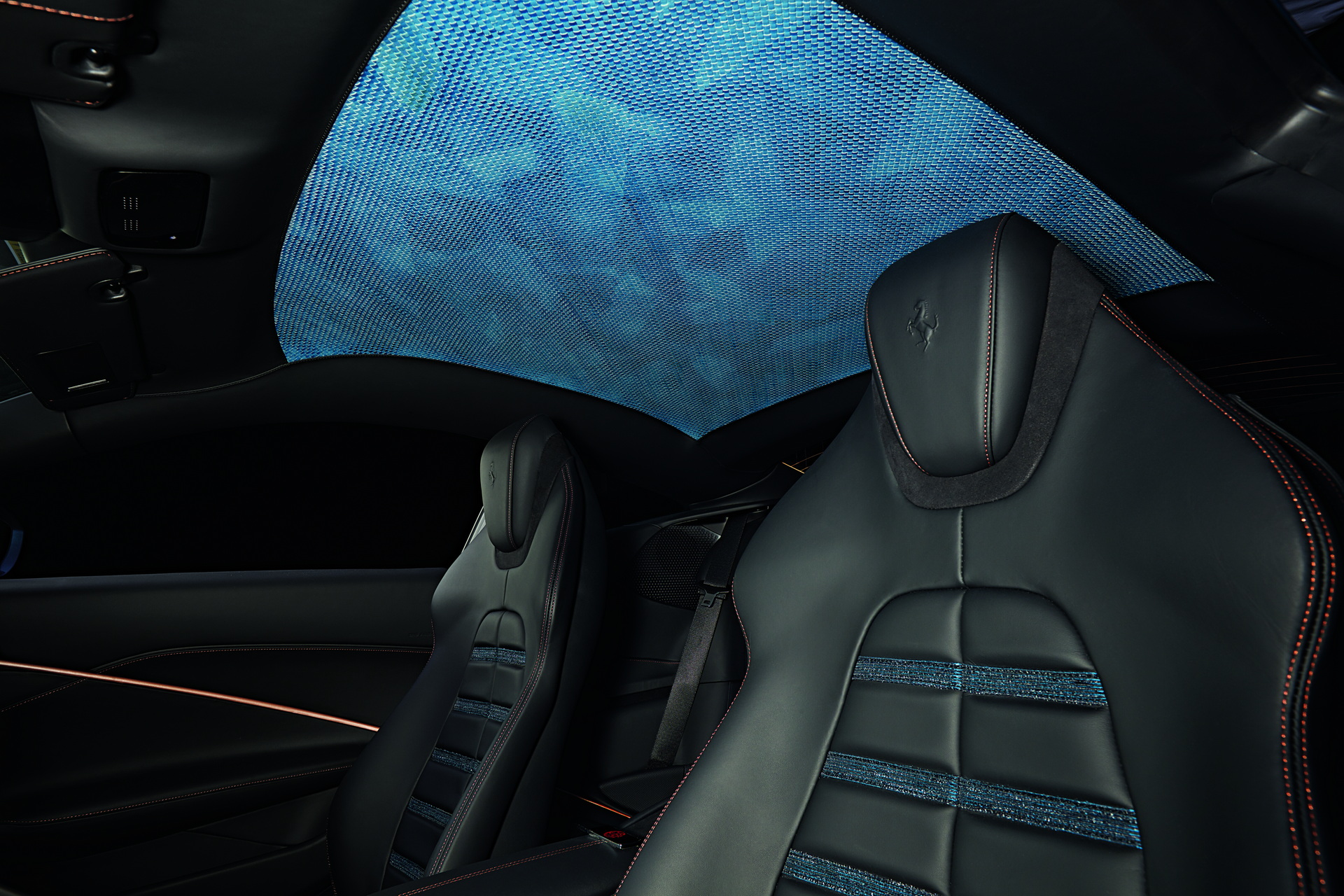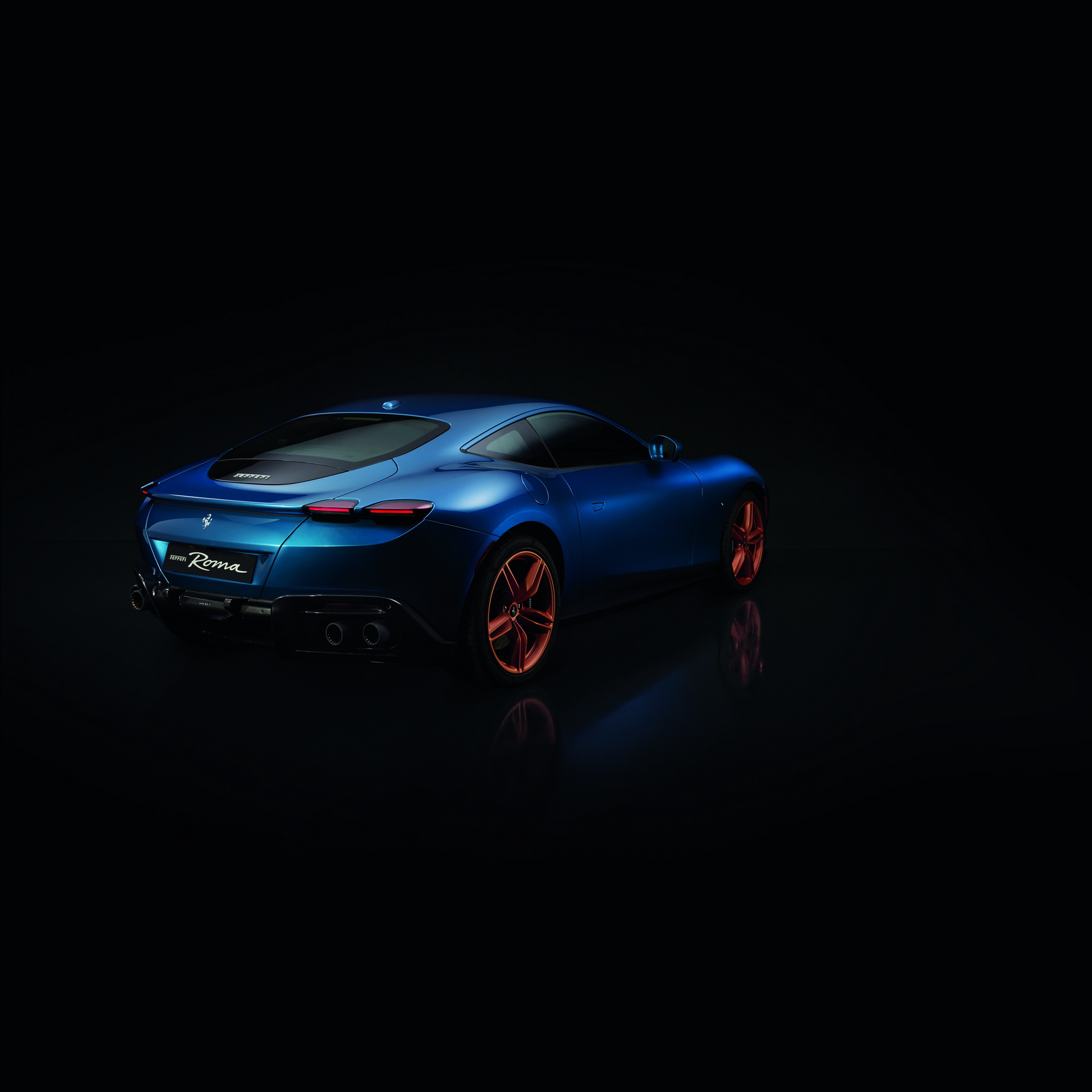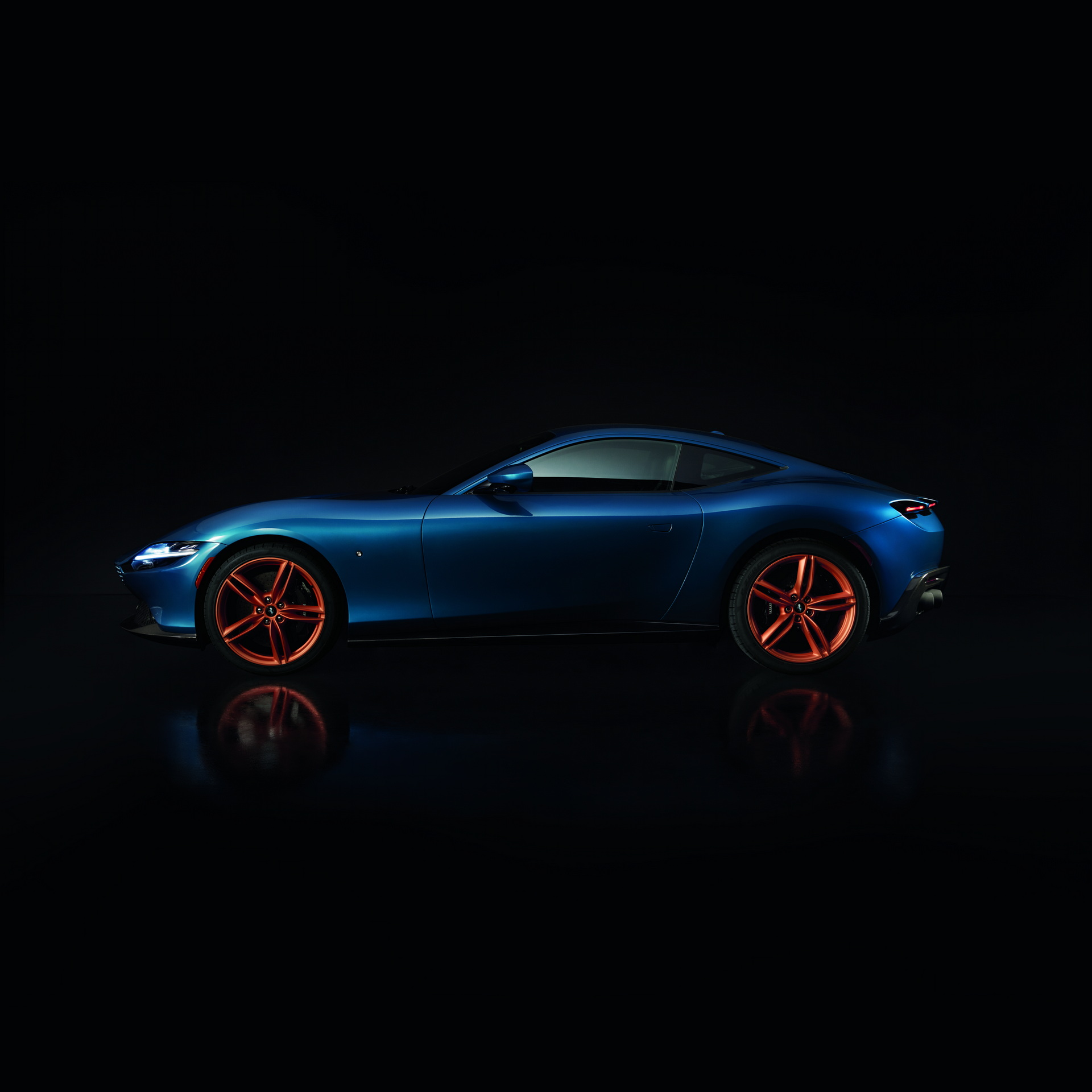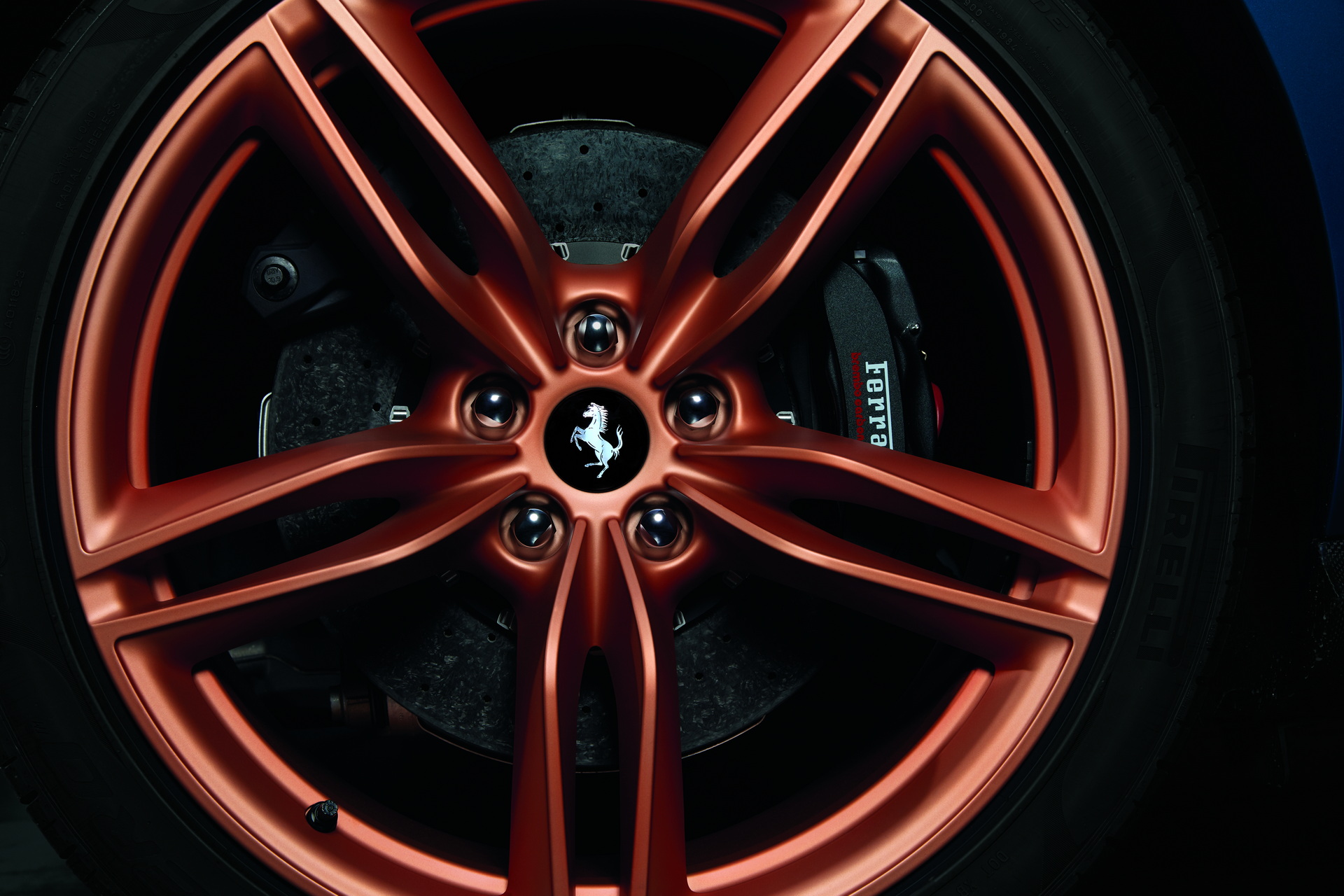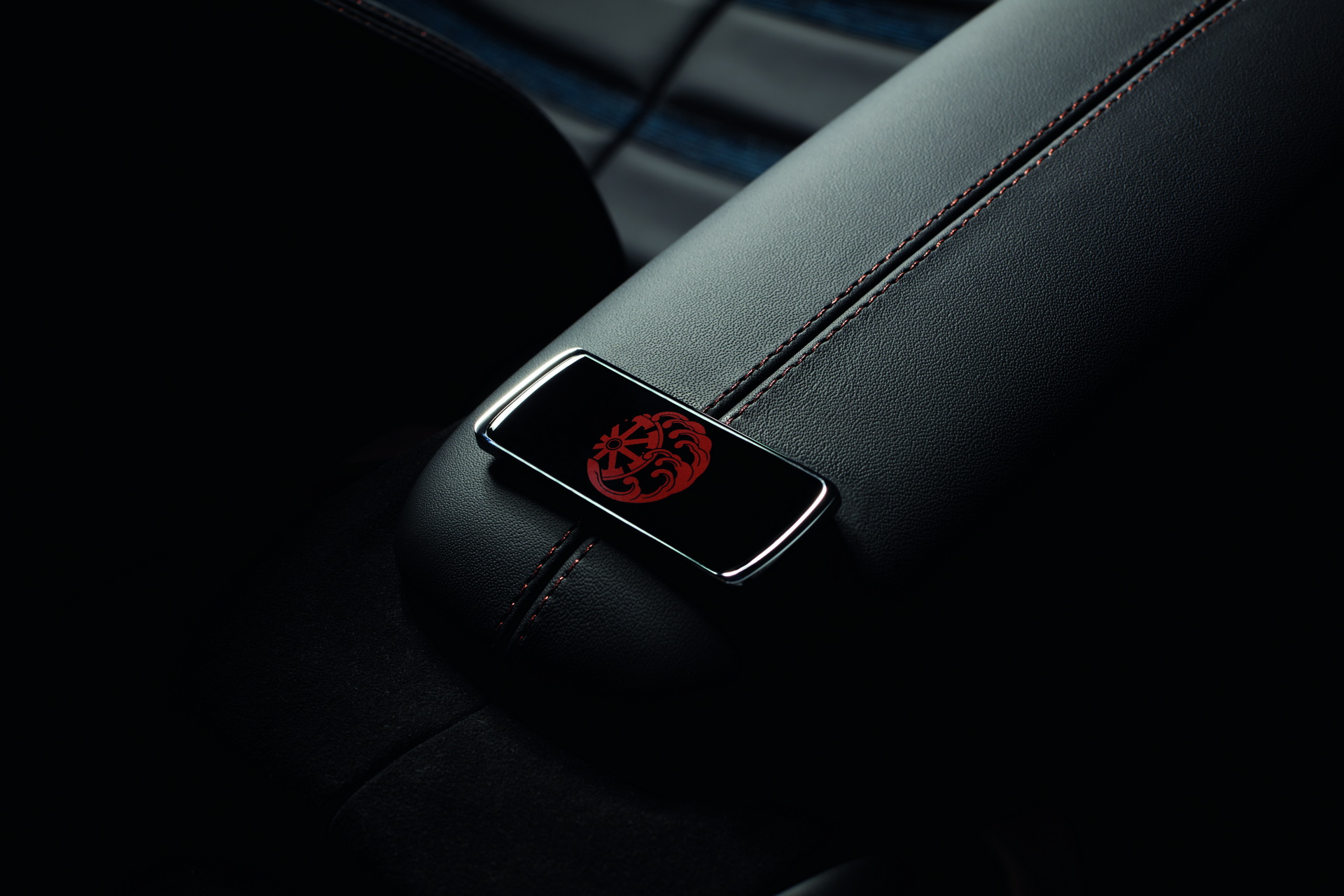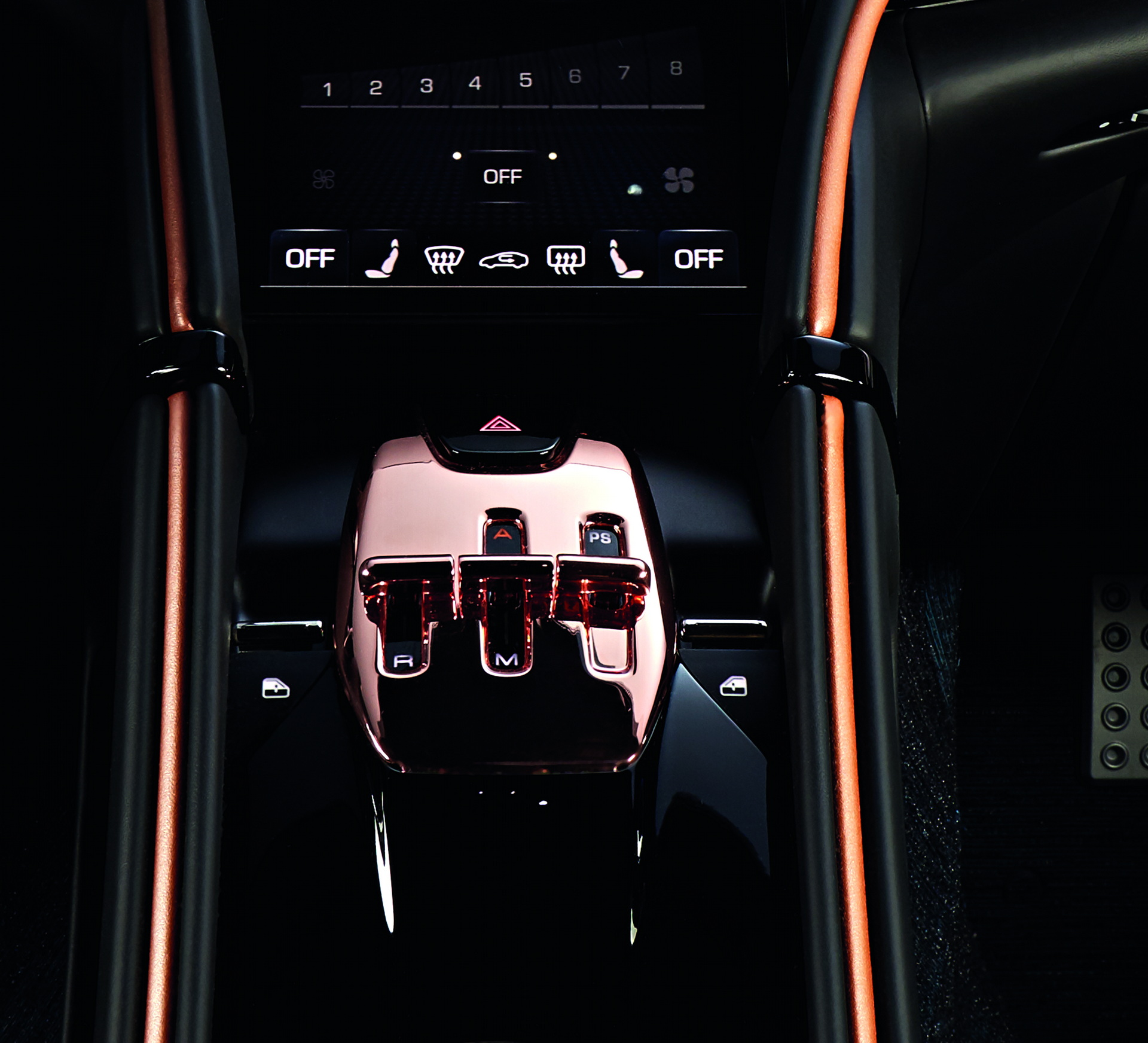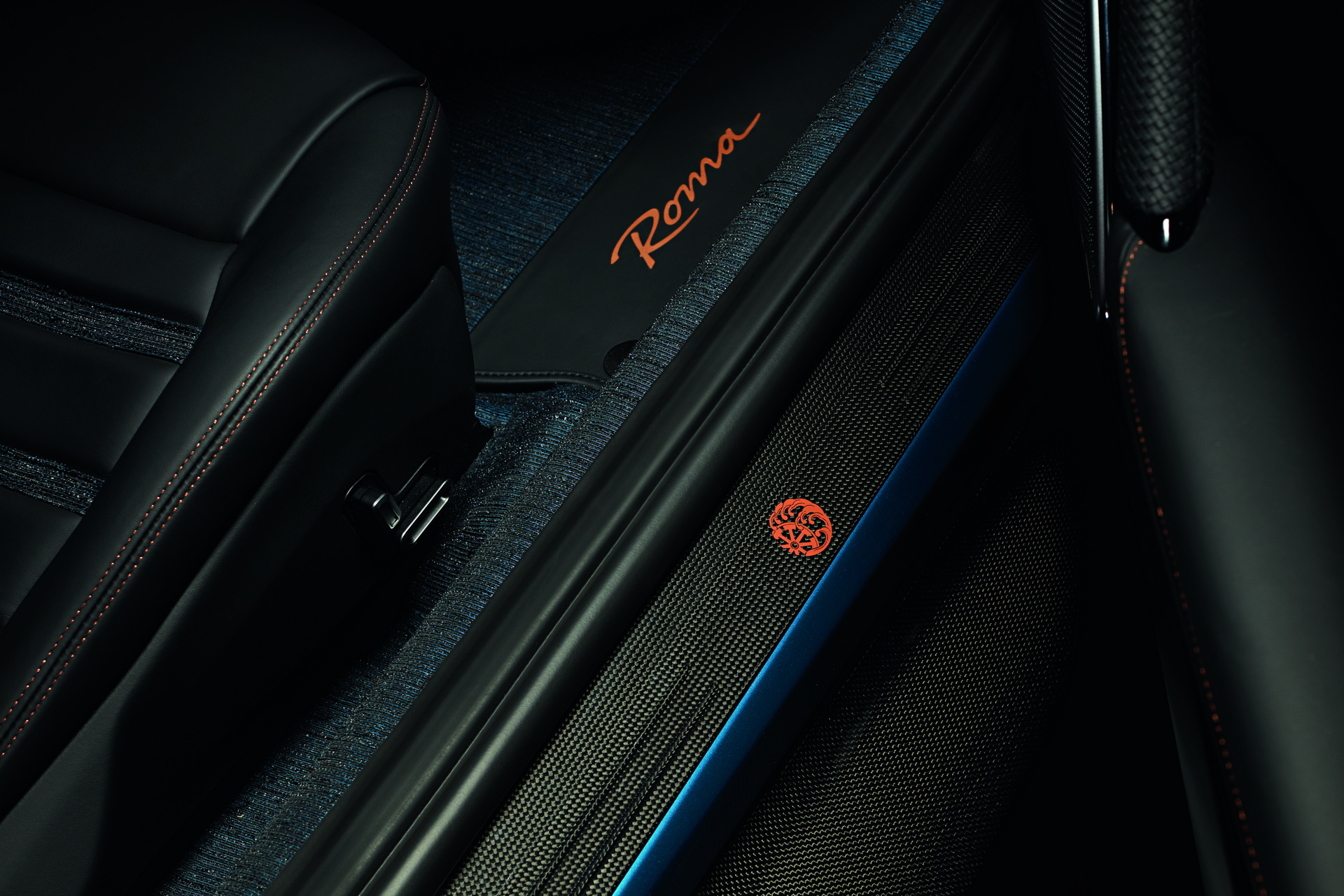Ferrari has created a new Tailor Made Roma that celebrates the artisanal histories of both Italy and, to a greater extent, Japan. Taking its inspiration from the exquisite detailing of traditional Japanese crafting techniques, the car is a very special edition.
Ferrari‘s Tailor Made customization program worked with Evan Orensten and Josh Rubin, the founders of Cool Hunting, an independent publication based in the U.S. to create the latest special edition of the Roma. The pair had just returned from several research trips to Japan in which they immersed themselves in the nation’s traditions.
Together, they decided to paint the car a blue inspired by traditional indigo manufacturing. The dye actually comes from a green plant that is harvested and fermented to become sukumo, which is then mixed with lye, sake, and limestone powder. As a result of that processing, it has natural antibacterial properties. To honor that craftsmanship and care, Ferrari mixed a brand new shade called Indigo Metal for the exterior of this car.
Read Also: This Tailor Made Ferrari Portofino Makes Green And Orange Look Good Together
The blue theme continues inside, with special inserts incorporated into the seats. Made of a material known as Sakiori, it’s not just unique, it’s upcycled. The fabric dates back to the 1700s when cotton and silk were very expensive. To save money, worn-out kimonos were disassembled and rewoven with new fibers to create a warm, comfortable, new fabric whose name comes from the Japanese words for the act of ripping up (saku) and the act of weaving (oru).
For this Ferrari Roma, the fabric was made of two vintage kimonos made in Amami Oshima and dyed with indigo more 45 and 75-years-ago, respectively. The fibers from these kimonos were mixed with cotton and silk, as is traditional, as well as with high-tensile nylon to ensure the material will last in the Roma.
The headliner, too, is blue, but this incorporates a whole different traditional realm of Japanese craftsmanship. The lining was made of two hides, dyed indigo using the Roektsu method, which dates back to the eighth century. The wax resist-dyeing method forms intricate repeated patterns around a single color that was traditionally used to decorate the silk or cotton of kimonos and obis. These were then sent to Italy where they were handwoven using the artisanal intreccio method, forming a dazzling headliner.
The shift gate, and lever, meanwhile were plated with copper in Japan, while the wheels and several other accents are finished in the same color. The choice of color was inspired by the Cool Hunters’ trip to Kaikado, a Kyoto-based family company that makes copper tea canisters. These are so precisely made that when the lid falls onto the canister, it forms an airtight seal.
The door handles, meanwhile, get hand-woven strips of black leather in an homage to the traditional wrapping techniques used on katana swords. The dedication plate on the center armrest gets a custom-made “kamon.” The traditional symbol represents the wheel from an ox-drawn carriage, the most popular form of transport for aristocrats during the Heian period (794-1185).
The special Roma is intended to demonstrate all of the unique touches that can be added to modern Ferraris through the Tailor-Made program. It will be on display at the Ferrari Tailor Made Showroom during New York Design Week, which runs from May 10-20.






